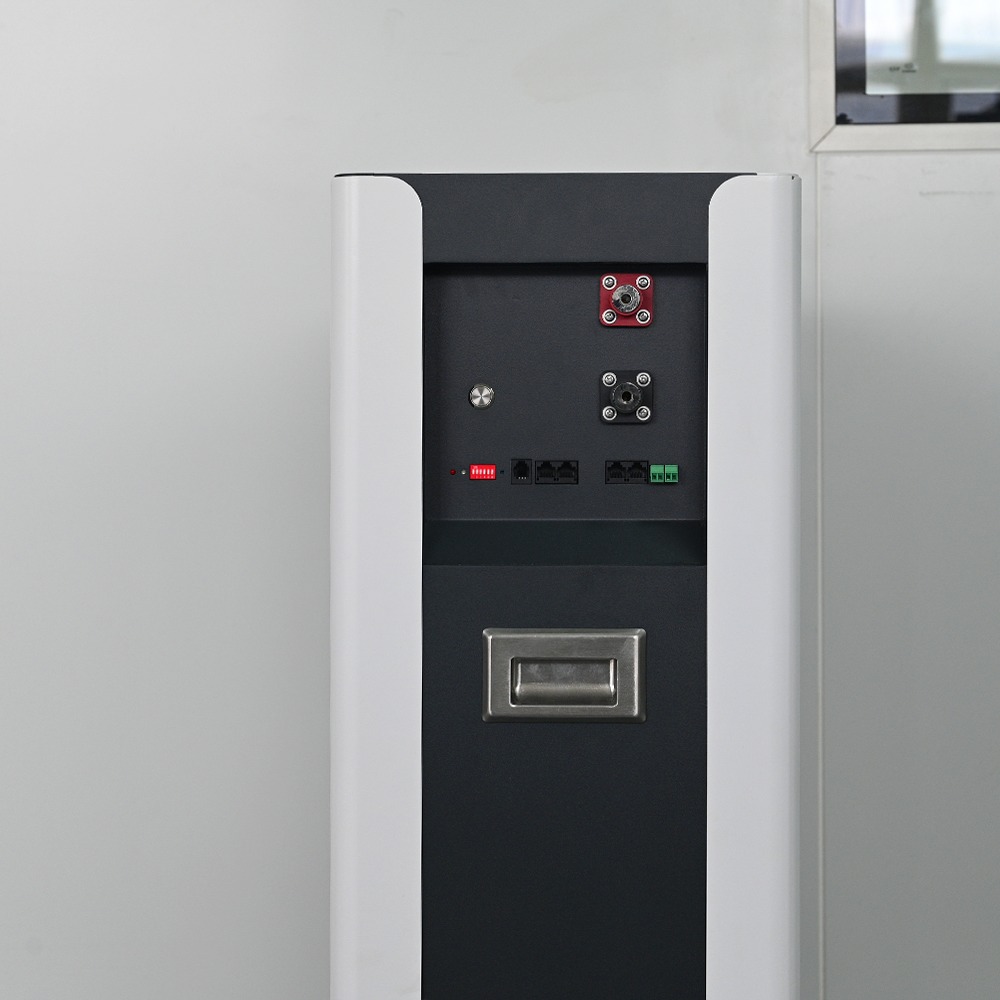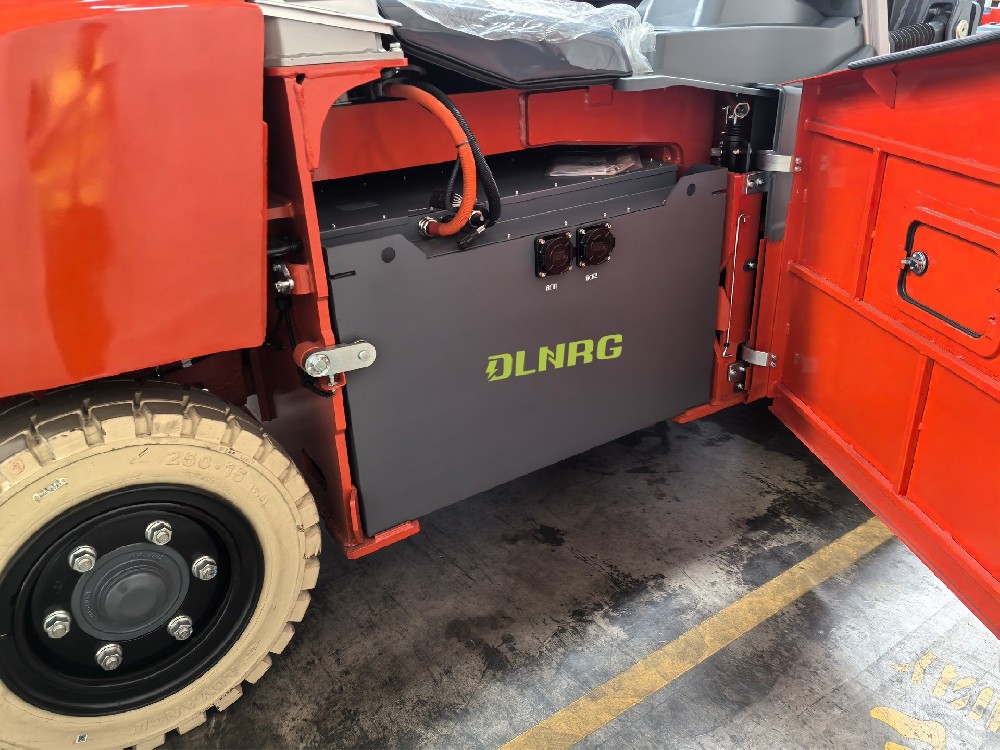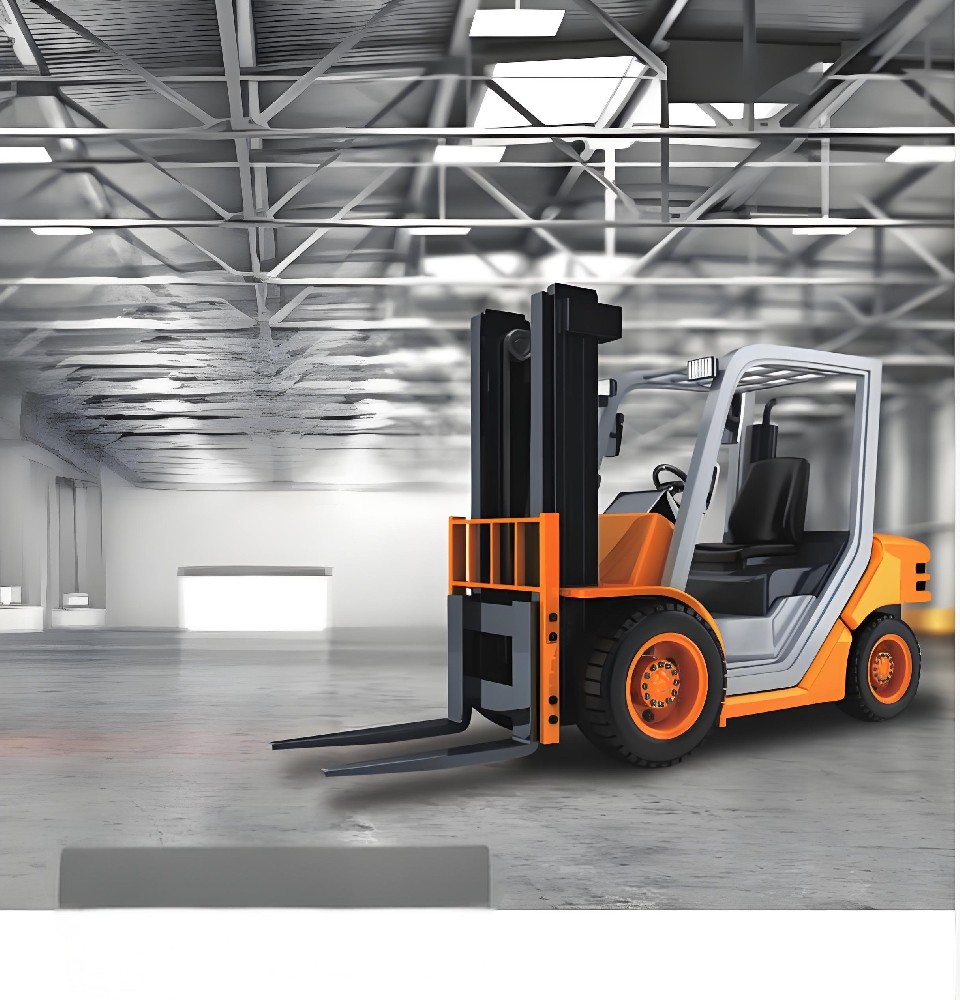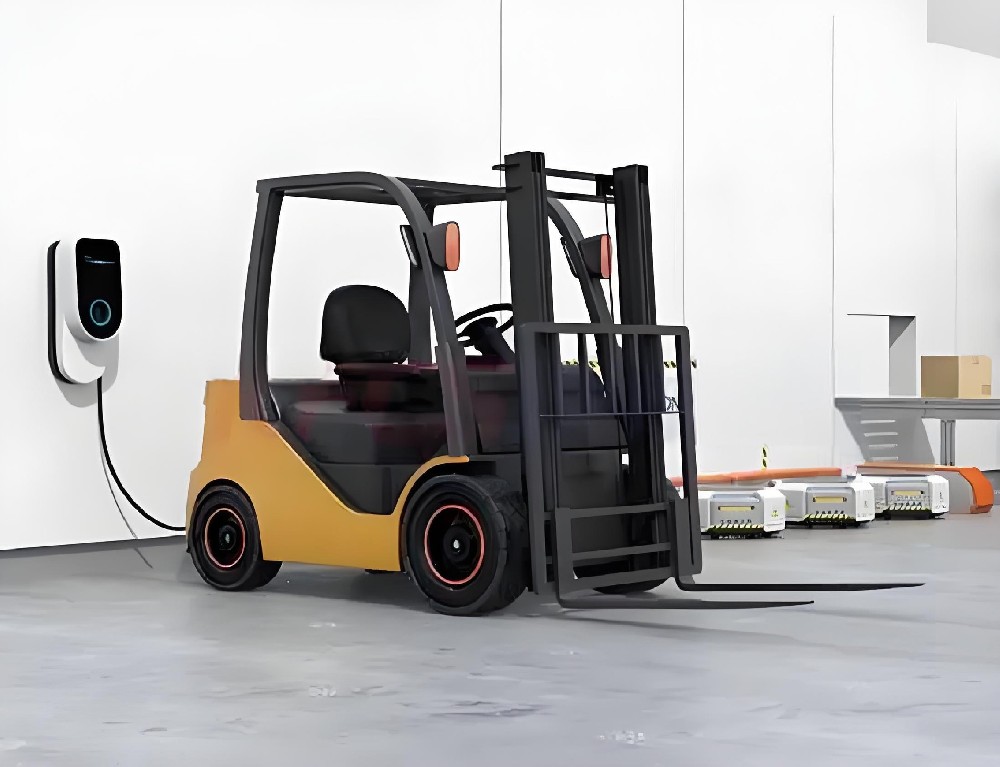The industry drive for continuous specialization of equipment, automation of operations, and improvement of safety standards relies more and more on lithium battery manufacturers. But how can material handling companies better harness these trends and achieve higher operational efficiency with the use of Li-ion power?
Continuous equipment specialization
We wrote about the proliferation of various types of material handling equipment in the article “How Lithium-Ion Batteries Help Warehouses Keep Up with Modern Commerce.” Increasing heights; shrinking warehouse footprints; and the need to handle widely varied, heavy, or bulky materials all spur demand for diverse and specialized equipment. Each forklift make and model needs its own unique power pack with varied requirements for weight, size, capacity, and power. Lithium technology offers battery engineers great flexibility due to its much higher energy density than lead-acid. The best practice is to customize a battery for a lift truck fleet working in a specific application.
A good example is DLNRG’s CUSTOM Series lithium battery, which fits many Combilift models. Some Combilift models use a design that employs two separate cases for lead-acid batteries, while the CUSTOM lithium solution puts all the required power (and sometimes even more ah capacity) into one case, with the second case containing only ballast to meet the counter-weight specification.
Not only do lithium-ion batteries offer a full slate of options to meet the needs of the operations, but they also require zero daily maintenance. Li-ion batteries DO NOT require daily watering or swapping at shift changes, so companies do not need to schedule labor for this work or plan facility space around battery charging/changing rooms.
The increased uptime that is achieved with the switch to lithium batteries similarly meets this need for increased productivity of equipment when demand is higher. With Li-ion technology, a lift truck can operate on a single battery with opportunity charging, and reach full charge in under two hours when needed. In comparison, traditional lead-acid batteries take eight to ten hours to charge and require two or more batteries per truck.
Adoption of automation
As the use of Autonomous Guided Vehicles (AGVs), Autonomous Mobile Robots (AMRs), and the like increases in the field of material handling, lithium-ion batteries become more and more popular because they are the best choice for this type of equipment. Flexible charging patterns, wireless charging, and other benefits are described in detail in our article on why switching AGVs to lithium batteries makes a lot of sense. There is good reason to believe that with more warehouses going dark, most of the electric lift trucks will run on lithium batteries.
Modern lithium battery management systems are Wi-Fi enabled and provide fleet managers with reliable data on each lift truck’s battery performance, including energy throughput, the timing of charging events, and multiple indicators of battery health. This data by itself provides valuable insight for better equipment utilization and can be further integrated with warehouse management software analytics.
Safety and hygiene standards
Many warehouses and distribution centers are required to maintain the most stringent hygiene standards to meet the requirements of food and beverage, wine, pharma, and medical supply manufacturers. Li-ion technology provides a safe, non-toxic power source for warehouses of all types, as these batteries produce no pollutants. Conventional lead-acid batteries, while widely used throughout the material handling industry in electric lift trucks, pose toxic risks and real issues due to possible acid spills and fumes. These common safety issues are often the result of overheating while charging or simple human error in the course of daily maintenance.
DLNRG Lithium Batteries
DLNRG customers have seen these benefits in action after switching their electric lift trucks to lithium batteries.
Medical Supply Distribution Centers
One of California’s largest medical supply distribution centers was struggling with the increasing labor needs for the daily maintenance of their lead-acid forklift batteries. Charging the batteries often interrupted regular operations, thus decreasing efficiency and equipment utilization. To make matters worse, they were a safety concern, too. The company’s fleet of 20 electric forklifts was having issues with batteries growing disturbingly hot. Added to this were the occasional acid spills that damaged the floor finish and the trucks, creating slippery, hazardous, corrosive conditions. Routine maintenance had ultimately expanded to two hours of added labor daily.
The distribution center’s switch to DLNRG Li-ion batteries did not require any operational infrastructure changes. Using lithium-ion batteries produced an immediate positive impact. Daily maintenance of batteries was eliminated, operations became more reliable, and the total cost of the equipment ownership was reduced by 22%.
The company then decided to switch to lithium-ion batteries exclusively at all its locations to replicate this best practice.
Manufacturer of Small Engines

Briggs & Stratton, a leading U.S. manufacturer of small engines headquartered in Milwaukee, Wisconsin, also reaped safety benefits by switching to Li-ion.
In 2019, the company was consolidating a number of smaller existing warehouses throughout the U.S. into two large distribution centers. The company switched the majority of its forklift fleet to lithium-ion batteries, and problems with leaking acid were eliminated.
The opportunity charging capabilities and the lack of memory effect in DLNRG Li-ion batteries allowed Briggs & Stratton to charge randomly at any state of charge, yielding an overall efficiency increase of 5%. This greater uptime will position the company to meet the automation trend within the industry in the coming years.
With over 600 lithium battery models available, DLNRG can provide material handling operations with the right kind of lithium-ion battery for any electric lift truck.
The company offers the MAX POWER Series for heavy applications, the FROST Series for work in cold ambient temperature, the CUSTOM Series for specialty equipment, the 4500 PALLET JACK Series, and the AMERICAN STANDARD Series for the most popular models of equipment in Classes I, II and III.
Benefits of Li-ion in material handling
Lower total cost of ownership of MH equipment in most operations
Single-battery operation through multiple shifts, no need for a battery room
Increased uptime with opportunity charging
Safe and clean technology that satisfies the top hygiene standards
Versatile drop-in solutions for the vast variety of equipment and applications
Automation-readiness — a perfect fit for AGVs and AMRs
Cutting-edge data capabilities





